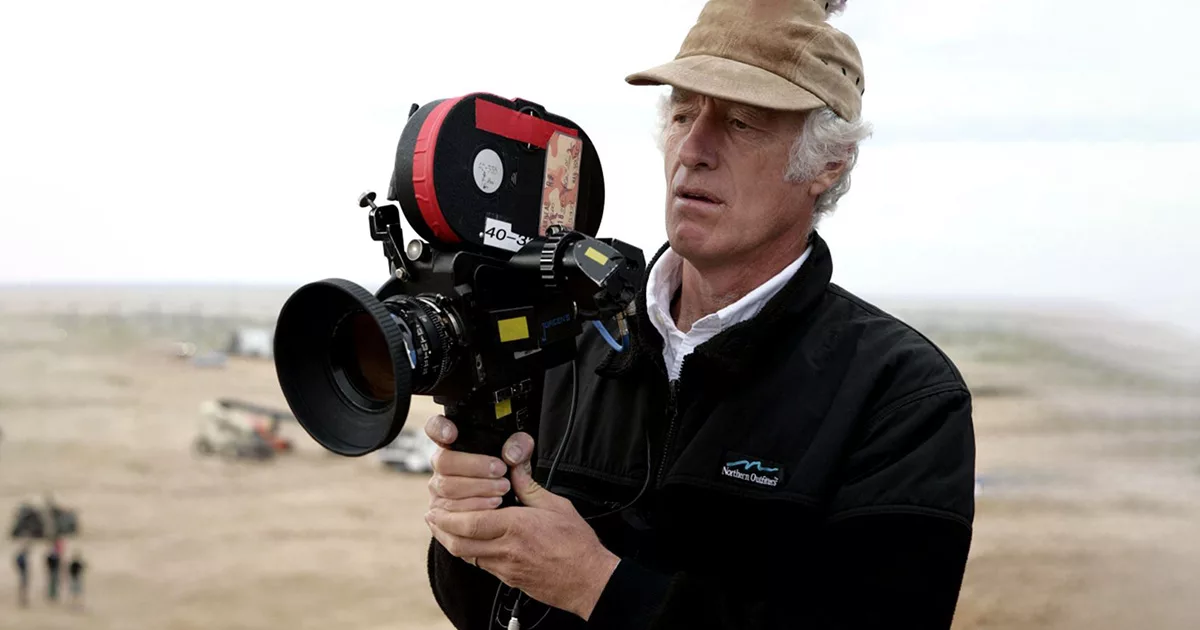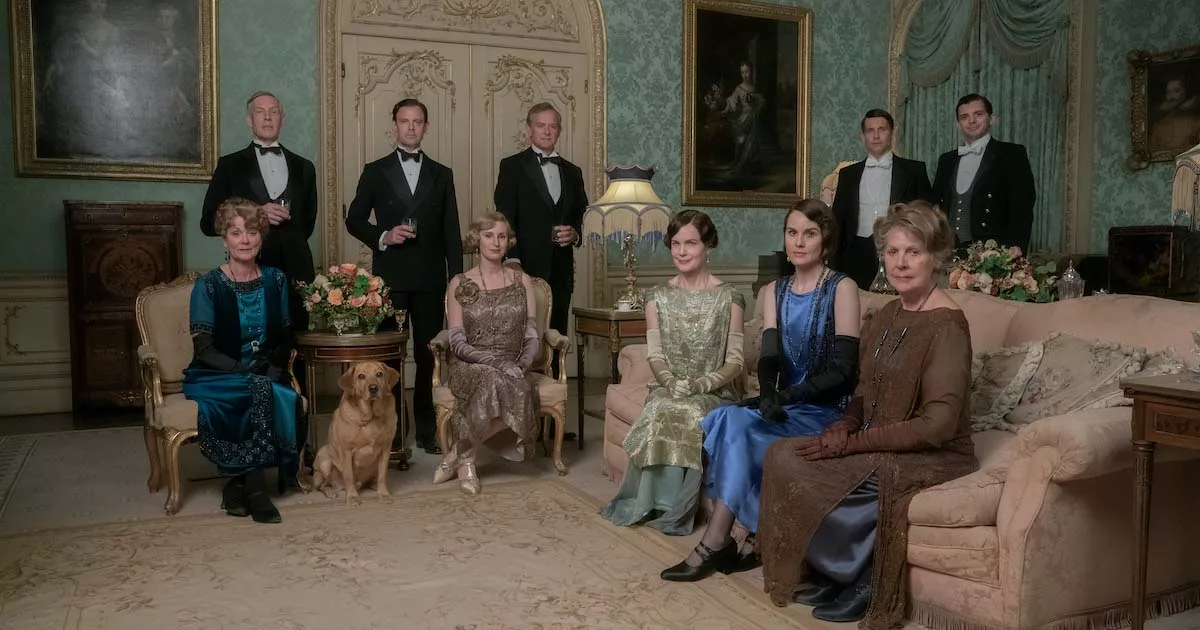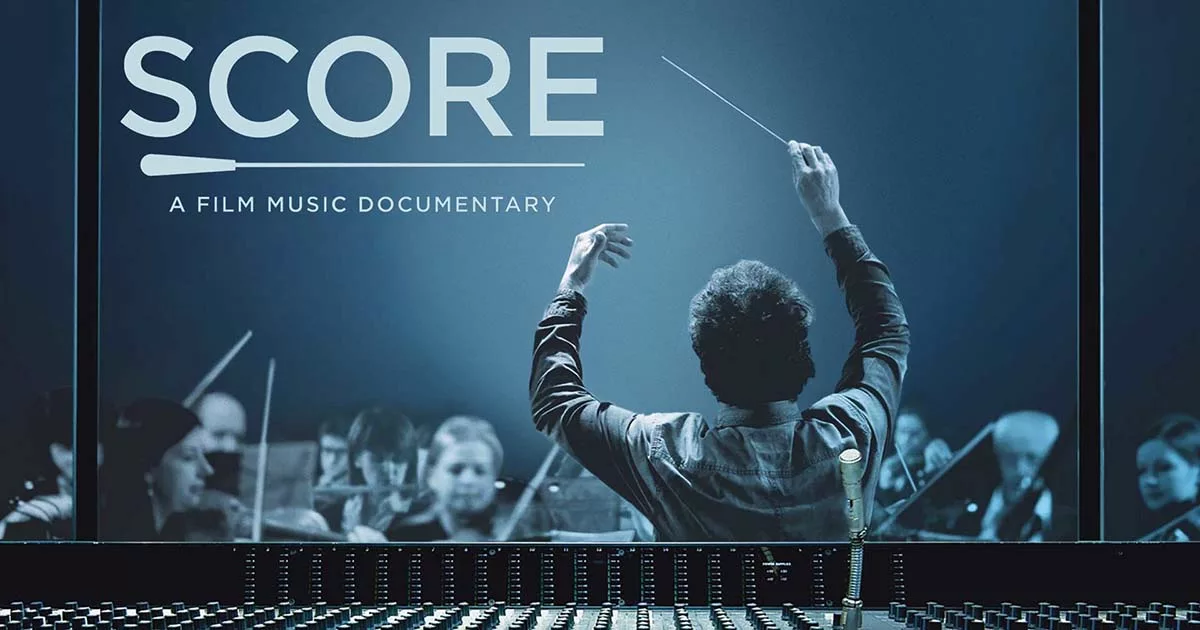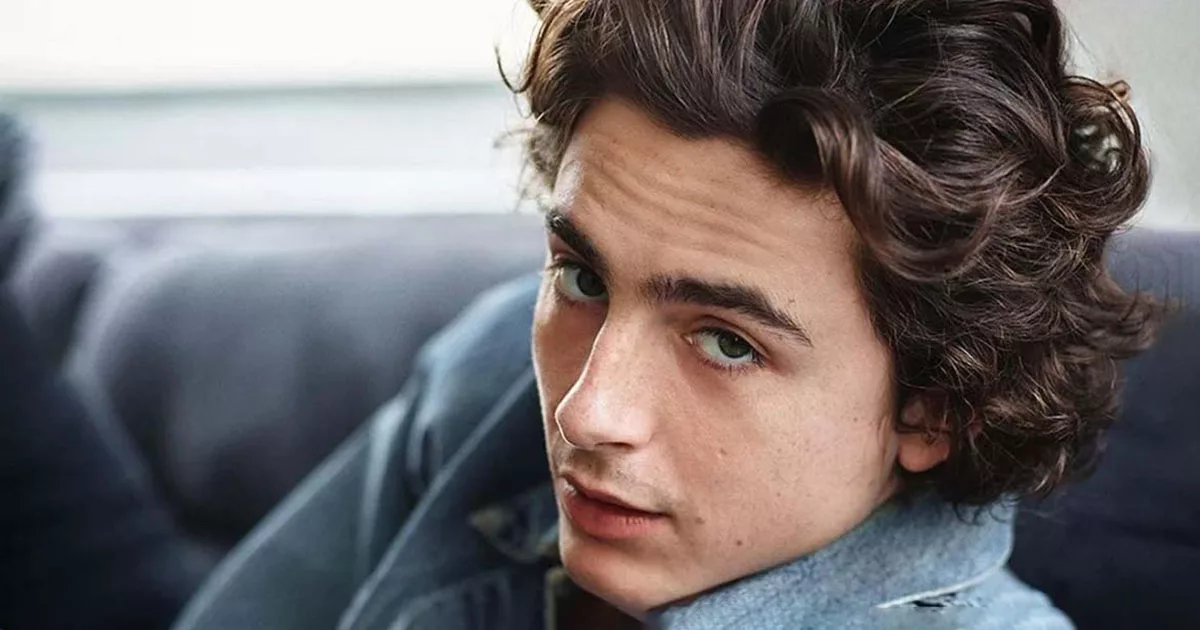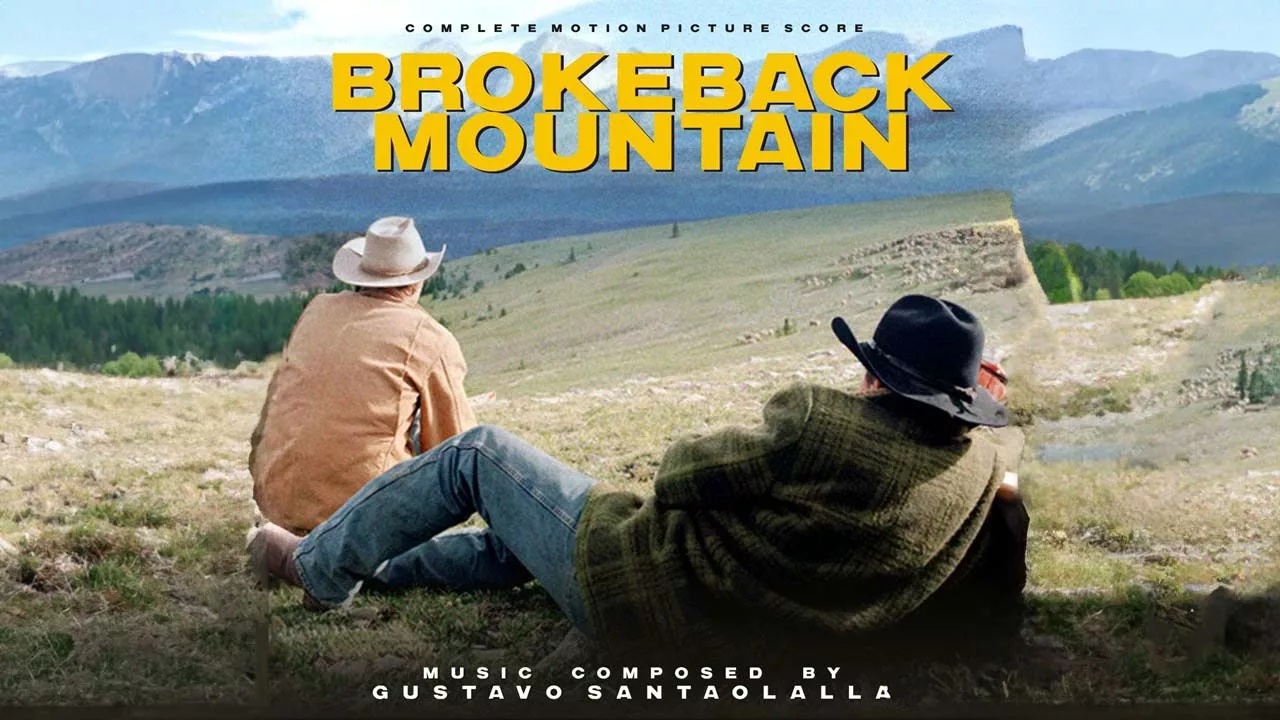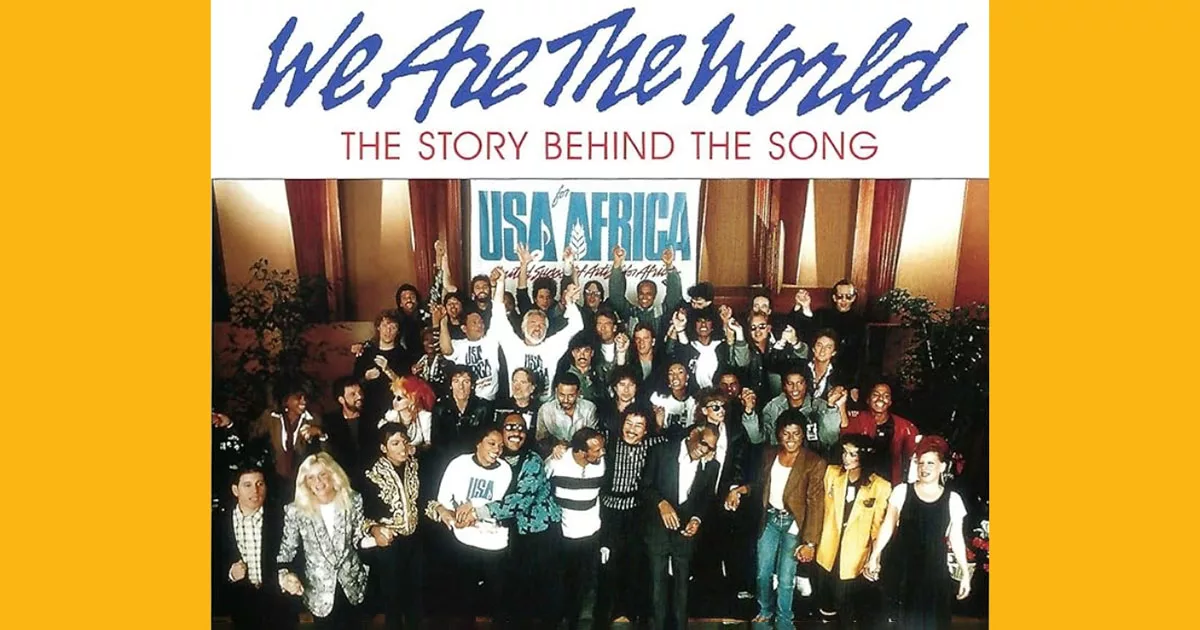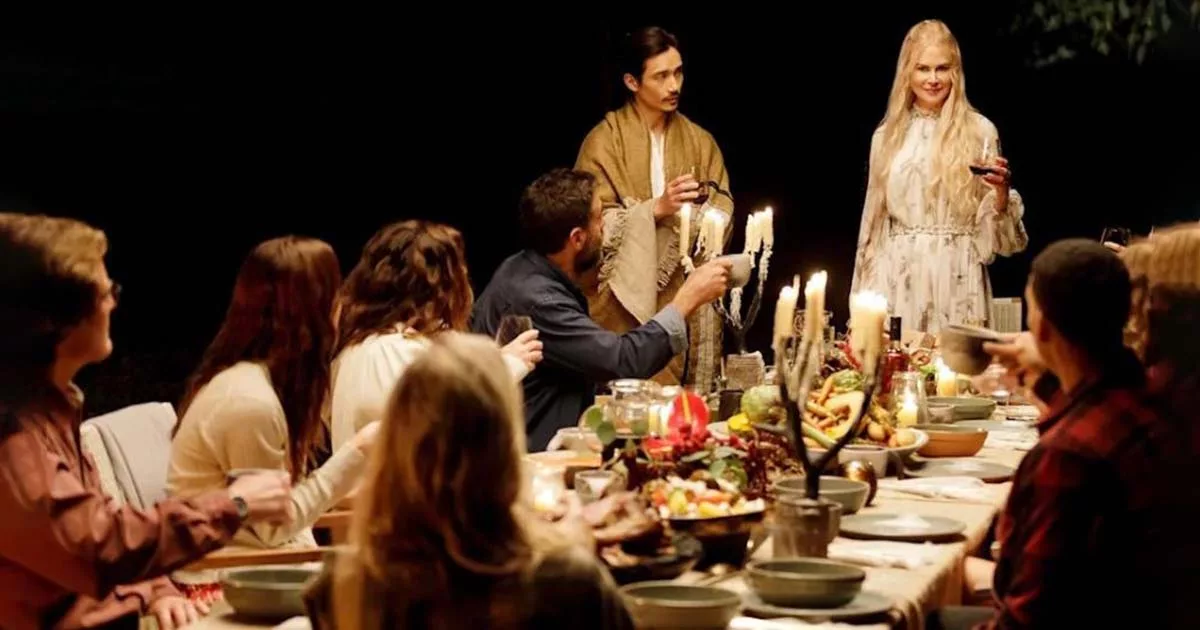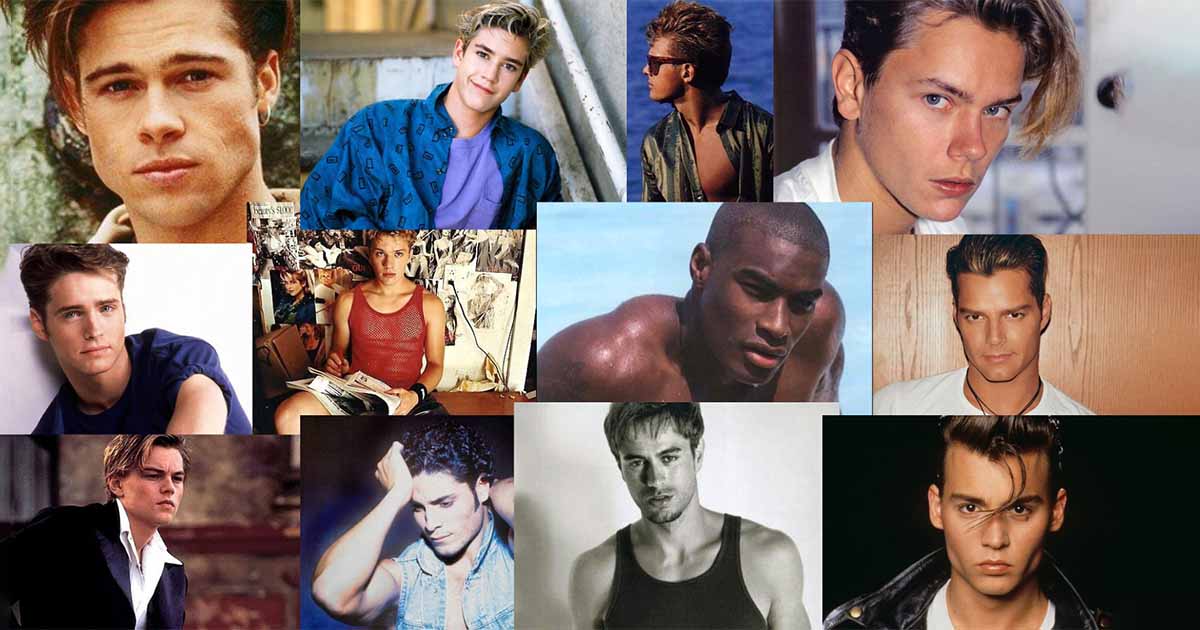Roger Deakins is one of the most renowned cinematographers in the industry, whose work has been celebrated for its beauty, emotion, and technical excellence. Cinematography is the art and technique of capturing the visual elements of a film, and it’s an essential part of the movie-making process. This blog post will take a closer look at Roger Deakins and his impressive body of work.
Who is Roger Deakins?
Roger Deakins is a British cinematographer who has been working in the film industry for over four decades.
He was born in Torquay, Devon, England, in 1949 and began his career as a stills photographer before transitioning to cinematography in the 1970s.
He began his career as a camera assistant and later became a director of photography.
He is considered one of the most respected and talented cinematographers in the industry, and his work has been recognized with numerous awards and accolades.
Roger Deakins is known for his ability to create visually stunning images that are both beautiful and emotionally powerful.
He is also renowned for his technical expertise and ability to master different film formats and styles.
He has worked on various films, from independent films to big-budget blockbusters, and his work is known for its ability to capture the essence of the story and the director’s vision.
He is known for his ability to shoot in diverse conditions, whether in an office or the desert.

Roger Deakins has spoken extensively about his approach to light and photography in interviews and speeches throughout his career. He is known for his emphasis on the use of natural light and his ability to use light to create mood and atmosphere in his films.
He has said that light is a key element in storytelling and that he tries to use light to create a sense of realism and immersion in his films.
Deakins has also spoken about the importance of simplicity and minimalism in his approach to lighting. He believes that less is often more when it comes to lighting and that by using a minimal amount of light, he can create a sense of realism and naturalism in his films.

In terms of photography, Deakins has spoken about his preference for using the camera as a tool to capture the story and the director’s vision rather than using it to create flashy visual effects.
He believes that the camera should be used to tell the story and create an emotional connection with the audience. He has also spoken about his preference for using a variety of film formats and styles depending on the story and the director’s vision.
Deakins has also spoken about the importance of collaboration in his work and that his role as a cinematographer is to work closely with the director to achieve their vision.
He believes that a good director-cinematographer collaboration is essential to creating a successful film.
Richard Crudo, president of the American Society of Cinematographers, said, “Everybody uses the same tools, technology, and workflows. But it’s all about your taste and how you apply it, and I think that’s what makes Roger so compelling. His approach to everything is filtered through his eye and taste in a way that only he can. It’s that simple if that can be thought of in any way as simple.”
Best 8 Roger Deakins Movies
The Shawshank Redemption (1994)
The Shawshank Redemption is a 1994 American drama film directed by Frank Darabont and based on the novella Rita Hayworth and Shawshank Redemption by Stephen King. It stars Tim Robbins and Morgan Freeman and tells the story of Andy Dufresne, who was wrongfully convicted of murder and sent to the Shawshank State Penitentiary.

While in prison, he forms an unlikely friendship with a fellow inmate, Ellis Boyd “Red” Redding, and together they discover the true meaning of hope and redemption.
The film’s cinematography, by Roger Deakins, is a major contributor to the film’s success. Deakins’ use of natural light and shadows creates a sense of hope and freedom in the story, particularly in the scenes of Andy’s escape.
The film’s visual style is characterized by its use of long takes, wide-angle shots, and natural lighting. The film’s use of natural light creates a sense of realism and immersion, making the audience feel as though they are part of the story.
Deakins also uses shadows to great effect in the film, particularly in the scenes of Andy’s escape. The shadows create a sense of tension and mystery, and they also serve to emphasize the theme of freedom and redemption.
The film’s use of shadows is also used to create a sense of contrast, with the darkness of the prison contrasting with the light and freedom of the outside world.
Stream it on NETFLIX Canada.
Fargo (1996)
I have been deeply impressed by Roger Deakins’ work on the Coen brothers’ movies, particularly Fargo. For that film, the Coen brothers wanted to contrast the highly stylized look of their previous film, Hudsucker Proxy, with a stark and minimalistic aesthetic that would reflect the dead, wintry landscape of North Dakota.
Deakins achieved this by using dull mise en scène and few landscapes, which became a form of stylization in its own right.
The film was also the Coen brothers’ first experience shooting in a widescreen format, which Deakins had suggested due to the significance of the landscapes and grand scale of the story.
In Fargo, the use of straight geometric shapes, particularly squares, is a recurring element in the cinematography.
These shapes are used in various ways throughout the film, such as framing characters or objects within squares or including squares in the background of shots.

This technique reflects the film’s themes and plot, which centers around a man’s desperate and calculated efforts to improve his mundane life through criminal means. The use of squares can also be seen as a metaphor for the characters’ confinement in their respective situations and the rigid societal structures they are trying to navigate. The shapes within the composition must reflect this.
One example is in a scene where Jerry, the protagonist, struggles financially. He walks through square crossroads after being denied a loan. The shapes in this scene represent Jerry’s obstacle of boring stability.
In this scene, the blocks of trees and Jerry’s angled car are all spaced equally in the frame. This adds deeper meaning to the visuals and helps the audience understand Jerry’s situation and the story’s themes.
The use of square crossroads in this scene highlights the man-made nature of stability and how it contrasts with the natural world, further emphasizing Jerry’s struggle and the story’s theme.
Deakins uses lines to guide the audience and immerse them in the story. He uses straight lines, a basic cinematic technique, to further drive the story visually. Using lines helps the audience follow the story’s direction and become more invested in it.
Kundun (1997)
In Kundun, Roger Deakins uses circular shapes like the telescope and human head to create a sense of naturalism and make the audience feel at ease.
It’s a great way to reflect the protagonist’s journey towards spiritualism in the film directed by Martin Scorsese.
For Kundun, Scorsese wanted something different from his usual violent mob movies – a serene, contemplative experience.
Roger Deakins worked with him to make that happen, using a beautiful colour and shape palette among the luscious backdrops. Deakins called it a “poem” and “mood piece” instead of a typical narrative film.
The Big Lebowski (1998)
Directed by Joel and Ethan Coen, The Big Lebowski is a prime example of Roger Deakins’ ability to capture the unique style and tone of the Coen Brothers’ movies.
Through the use of different film stocks and camera techniques, Deakins creates a dreamlike and stylized look that perfectly captures the eccentric and offbeat tone of the film.
One of the most notable techniques used in The Big Lebowski is the use of colour. Deakins expertly employs a washed-out, desaturated palette that gives the film a hazy, surreal quality.
This is particularly effective in scenes set at the beach, where the bright sunlight is filtered through a hazy haze, creating a dreamlike atmosphere.
Deakins also uses various camera movements, including tracking shots, panning, and tilting. These techniques give the film a sense of fluidity and movement, drawing the audience deeper into the story and immersing them in the Coen Brothers’ unique vision.
Different film stocks also add to the film’s stylized look, further emphasizing the dreamlike atmosphere and adding to the film’s overall aesthetic.
No Country for Old Men (2007)
No Country for Old Men is a classic Coen Brothers film, and Roger Deakins’ cinematography was a huge part of its success. The film won four Academy Awards, including Best Picture, and Deakins’ work was a major contributor to that.
Deakins’ use of natural light in the film is particularly noteworthy. The desolate and barren landscape of West Texas is captured in a way that perfectly conveys the sense of isolation and desperation in the story. The way he frames the characters against the vast and empty landscape really drives home the idea that these people are truly on their own.
Another aspect of Deakins’ work on this film that’s worth mentioning is his use of colour.
The film’s muted colour palette perfectly complements the stark and barren landscape, adding to the sense of dread and hopelessness that permeates the story.

Directed by Joel and Ethan Coen – This film won four Academy Awards, including Best Picture, and Roger Deakins’ cinematography was a major contributor to its success. He masterfully uses natural light and the landscape of West Texas to create a sense of isolation and desperation in the story.
But it’s not all doom and gloom in No Country for Old Men – Deakins also knows how to use light and colour to create moments of beauty and wonder. The film’s iconic coin flip scene is a great example of this: the sun is setting, and the light is perfect.
Deakins’ work on No Country for Old Men is a masterclass in how to use cinematography to enhance a story and create a unique visual aesthetic. It’s no wonder the film won so many awards – the cinematography is just that damn good.
Stream it on NETFLIX, Canada.
True Grit (2010)
Directed by Joel and Ethan Coen, it is a perfect example of Roger Deakins’ ability to create visually stunning images that are both beautiful and emotionally powerful.
His work on this film showcases his mastery of capturing the harsh, rugged landscapes of the American West and using them to create a sense of danger and adventure in the story.
From the wide vistas of the rocky terrain to the intimate close-ups of the characters, Deakins’ cinematography is both breathtaking and emotionally resonant.
He can convey the harshness of the environment and the characters’ struggle within it, making the film an immersive and unforgettable cinematic experience.
Skyfall (2012)
Directed by Sam Mendes, Roger Deakins’ work highlights his ability to create a sense of tension and excitement through his visuals. His use of a mix of handheld camera work and steady shots creates a sense of urgency and danger in the action scenes.
The handheld camera work adds a sense of immediacy, making the viewer feel like they are right there in the midst of the action.
The steady shots, on the other hand, provide a sense of control and precision, highlighting the skill and expertise of the characters. This combination of techniques creates a thrilling and immersive experience for the audience.
Deakins also uses lighting and colour to great effect in the film. The use of shadows and contrasts in the action scenes adds to the sense of danger and uncertainty.
In the quieter, more introspective moments, Deakins employs softer, more natural lighting, highlighting the emotional weight of the scenes.
This attention to detail and mastery of his craft makes Deakins one of the most sought-after cinematographers in the industry.
In addition to the action sequences, Deakins also showcases his ability to create a sense of atmosphere and mood through his visuals. The use of wide shots, tracking shots and aerial shots are used to create a sense of grandeur and scale.
These shots also establish the location and setting, providing a sense of place and grounding the story in a specific time and place. With his exceptional visual storytelling skills, Deakins elevates the film and adds depth to the story.
READ THE POST ABOUT SKYFALL here in Fellow Streamer.
Stream it on Crave TV, Canada
Prisoners (2013)
Directed by Denis Villeneuve – Roger Deakins’ work on this film showcases one more time his ability to capture the story’s emotion and tension through his visuals.
In “Prisoners,” Deakins captures the film’s dark and gritty atmosphere. The film takes place in a small town in Pennsylvania, and Deakins used muted tones and a desaturated colour palette to create a sense of dread and unease.
He also used natural light sources, such as street lamps and headlights, to add to the film’s realistic feel. Working with Villeneuve, Deakins was able to create a visually striking film that perfectly complements the story’s tense and emotional themes.
The collaboration between the two resulted in a visually stunning and emotionally powerful film.
Deakins and Villeneuve’s partnership has been praised for creating a unique and powerful visual language that sets “Prisoners” apart from other films in its genre.
Stream it on NETFLIX, Canada
Sicario (2015)
In another movie directed by Denis Villeneuve, In here Roger Deakins masterfully creates a sense of tension and unease through his use of visuals.
Deakins also makes use of colour to create a sense of unease. The film’s colour palette is primarily composed of desaturated tones, which gives the film a sense of detachment and unease.
This is further enhanced by the use of shadows and contrasts, which serve to heighten the sense of danger and uncertainty in the story.
Deakins’ work in Sicario is a prime example of his ability to use visual storytelling to create a sense of tension and unease.
He masterfully blends camera work, colour, and lighting to create a sense of danger and uncertainty, creating a truly immersive and engaging viewing experience.
Stream it on NETFLIX, Canada
Movies Roger Deakins won the Oscar
Roger Deakins has been nominated for an Academy Award 15 times. He has won two Academy Awards for best cinematography.
Blade Runner 2049 (2017)
In the category of Best Cinematography. His win for this film was a long-awaited recognition for his contributions to the industry, as it was his first win despite being nominated for the award multiple times in the past.
Deakins’ work on Blade Runner 2049 was widely praised by critics and audiences alike for its stunning visuals and ability to create a fully-realized and immersive world. He masterfully used a mix of practical effects and CGI to bring the film’s futuristic world to life, and his use of lighting and colour was particularly noteworthy.
The film was also well-received for its ability to build upon the original Blade Runner film’s visual style while also creating its unique look.
Deakins’ win for Blade Runner 2049 was seen as a well-deserved recognition of his talent and contributions to the film industry. His work on this film, as well as his body of work as a whole, is considered some of the best in the industry, and his win was seen as a long-overdue recognition of his skill and dedication to cinematography.
1917 (2019)
Directed by Sam Mendes. The film is set during World War I and follows two soldiers on a dangerous mission across enemy lines.
Deakins’ work in 1917 was widely praised by critics and audiences alike for its ability to create a sense of realism and immersion in the story.
He used a mix of steady shots and long takes to create a sense of immediacy and danger in the story, effectively putting the audience in the soldiers’ shoes.
Additionally, his use of natural light and his attention to detail in recreating the World War I trenches and battlefields contributed to the film’s visual realism.

Deakins’ use of the one-shot technique, also known as the “oner” technique, was one of the major reasons he won the award.
The one-shot technique is where the camera is continuously rolling, with no cuts or edits, for the entire duration of a scene.
He used this technique to shoot scenes in 1917, adding to the film’s sense of realism and immersion. Using this technique, the audience feels like they are alongside the characters, experiencing the events unfolding in real-time.
Deakins’ win for 1917 was seen as a well-deserved recognition of his talent and contributions to the film industry.
His work on this film, as well as his body of work as a whole, is considered to be some of the best in the industry, and his win was seen as a recognition of his skill, dedication and creativity in the art of cinematography.
Stream it on NETFLIX, Canada
Conclusion
Roger Deakins is a master of his craft, a true artist in the field of cinematography. His ability to capture stunning visuals and evoke emotion through light and photography is truly unmatched.
His technical expertise and ability to adapt to different film formats and styles make him a versatile and sought-after talent in the industry.
His approach to light and photography is simple yet powerful, and his emphasis on collaboration with directors shows his dedication to bringing their vision to life. If you’re a movie lover, be sure to keep an eye out for Roger Deakins’ name in the credits, as his work is sure to leave a lasting impression.
If you enjoy this post, please subscribe, and visit our home page. We have reviews of Movies, TV Shows and music.
There is a stunning book by Roger Deakins. Check It out:
BYWAYS, Photography by Roger Deakins
Click on the photo

Check out as well this book about cinematography
1- Cinematography: Theory and Practice: For Cinematographers and Directors
Click on the photo

2- The Filmmaker’s Eye: Learning (and Breaking) the Rules of Cinematic Composition
Click on the photo

3 – Every Frame a Rembrandt: Art and Practice of Cinematography
Click on the photo


